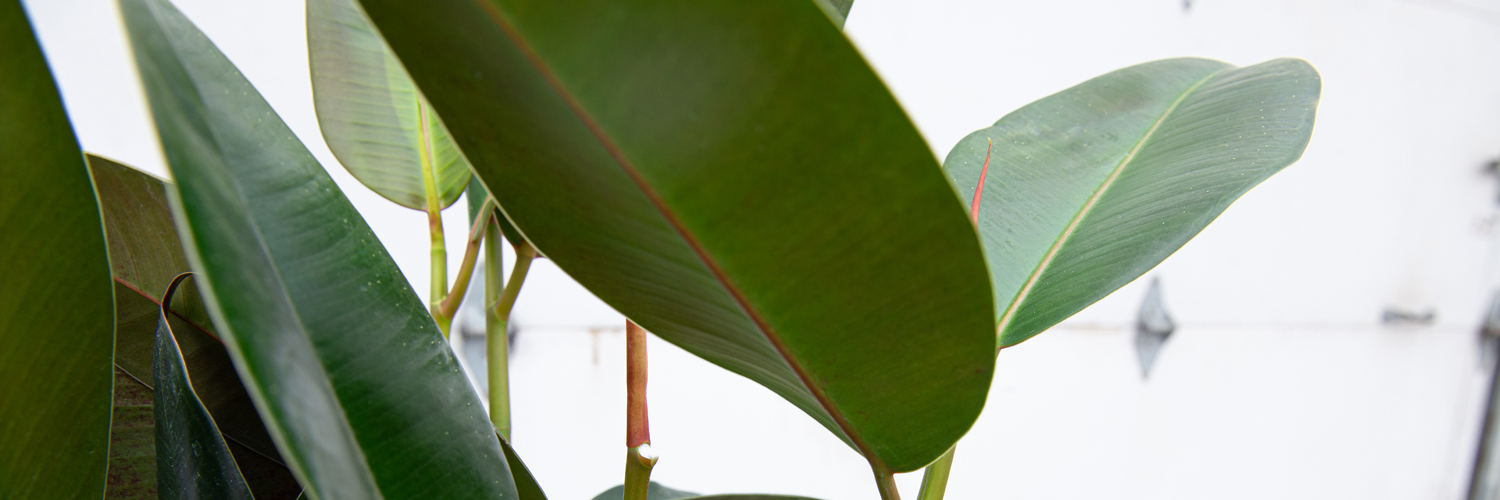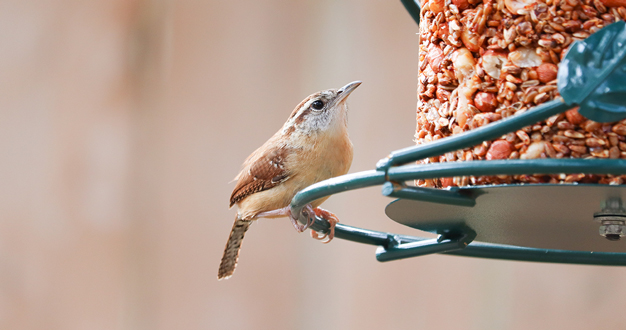
Ficus elastica – the classic rubber plant – is a familiar friend. It’s been a houseplant favorite since – well, forever – and many of us have shared space with it at some time in our homes or offices. Recently, the rubber plant has enjoyed a resurgence in popularity – largely due to a new appreciation for the amazing structure this plant can take when given the freedom to reach up as big and glorious as it wants to. If you think you already know the classic rubber plant, maybe it’s time for another look. And if you’ve never met before, we’d love to introduce you to this always beautiful, always dependable, and very friendly member of the houseplant clan.
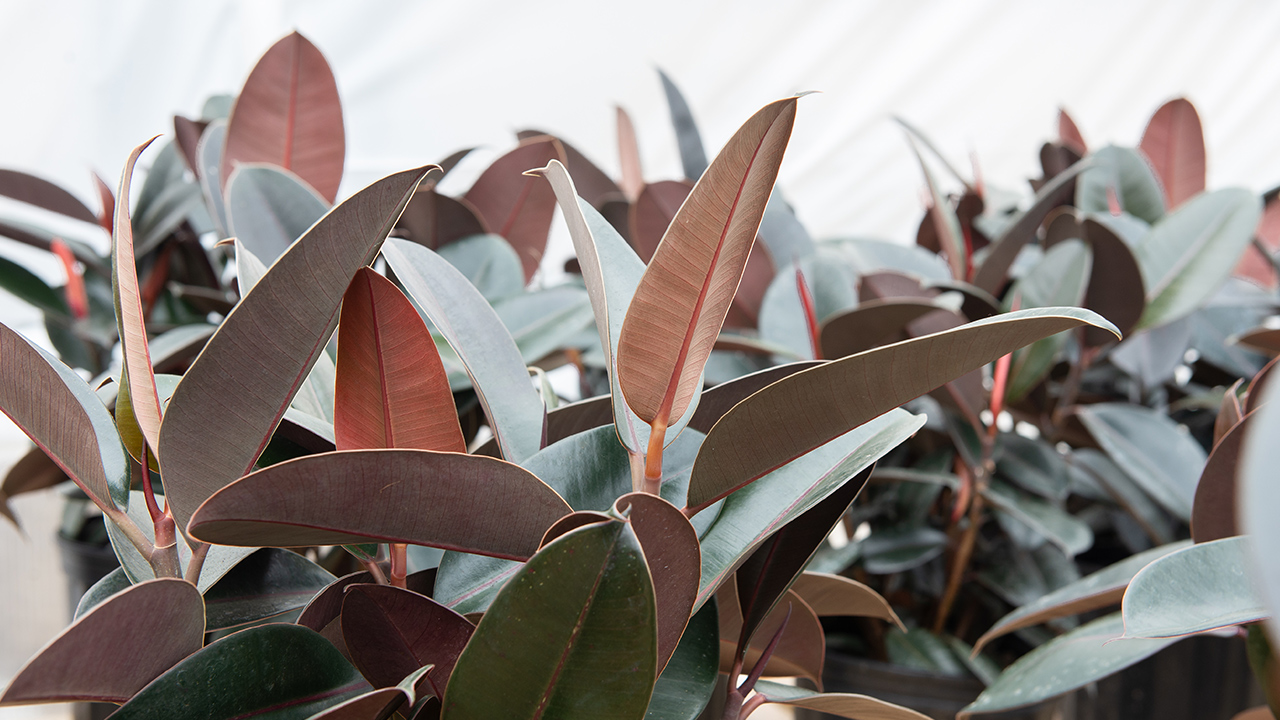
A Famous Family
Even if you’ve never lived closely with a rubber plant, chances are you know some of its famous cousins, including Ficus benjamina, Ficus alii, and Ficus lyrata, the popular fiddle leaf fig. Rubber plant is native to tropical parts of Southeast Asia. There, it can grow into a banyan-type tree over one hundred feet tall. But as a houseplant confined to a pot, it stays a much more home-friendly size.
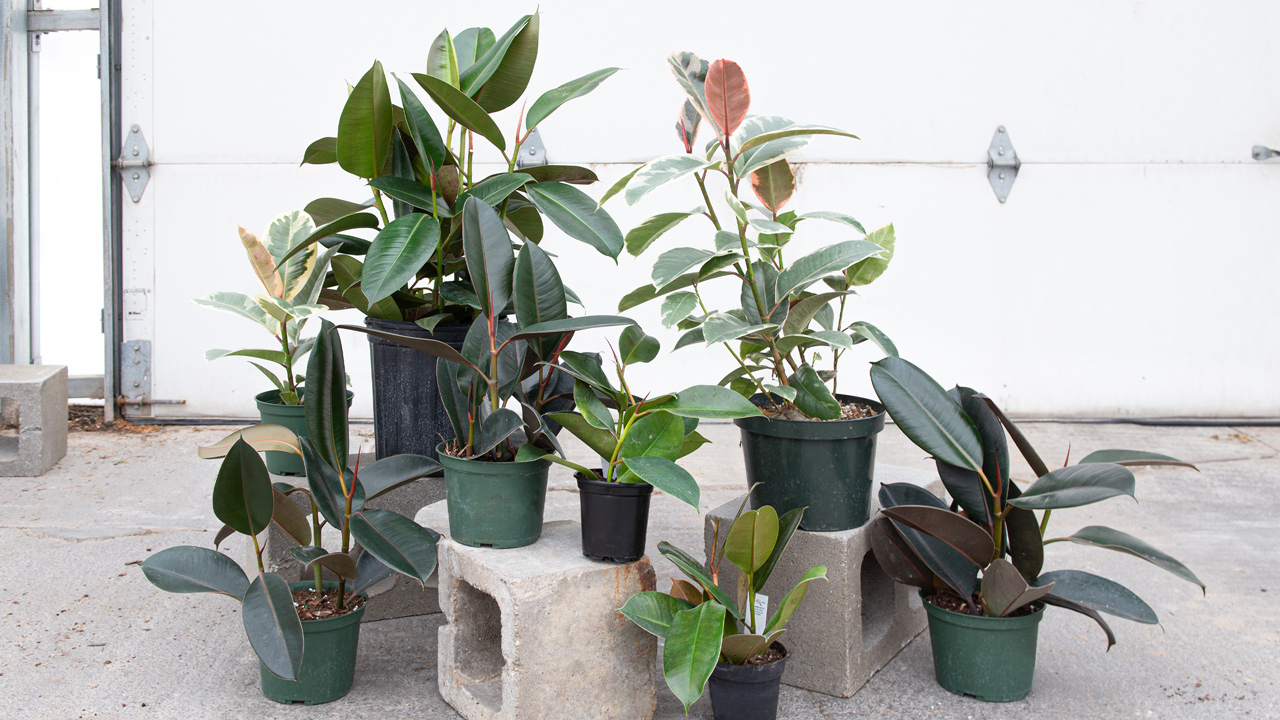
Bold but Friendly
Rubber plant is a handsome houseplant. Its broadly oval leaves are glossy, richly colored, and give the plant an approachable friendliness that’s hard to explain. The stems are strong and upright, and at the top of each branch, new leaves emerge wrapped in a colorful sheath that drops away as the foliage unrolls. The bold foliage color depends on the cultivar. For instance, the cultivar ‘Robusta’ has deep green leaves with a slightly bronze cast. ‘Tineke’ shows random patterns of green, cream, and blush pink that look like they’ve been applied with a paintbrush. ‘Ruby’ is another variegated cultivar with even stronger pink coloring. And ‘Burgundy’ is nearly black with a reddish cast, especially on the undersides of the leaves.

Versatile
Depending on their size, rubber plants fit perfectly in a variety of spaces. Traditionally, smaller versions are used to decorate a side table, bring life to an otherwise empty corner, or serve as an accent on the floor next to a sofa. And if you have a shady container outside, it looks amazing as a central focal point there too. But rubber plant likes to grow – naturally straight up with no branching. So, in order to fit nicely into these traditional spaces, rubber plant requires some pruning to encourage branching and reel in its tendency to reach skyward.
But lately, plant enthusiasts have taken a new approach and have begun to appreciate the beautiful shape and natural structure a free-wheeling rubber plant can display. More elongated and less shrub-like, independent rubber plants can make bold and attention-grabbing statements in the home.
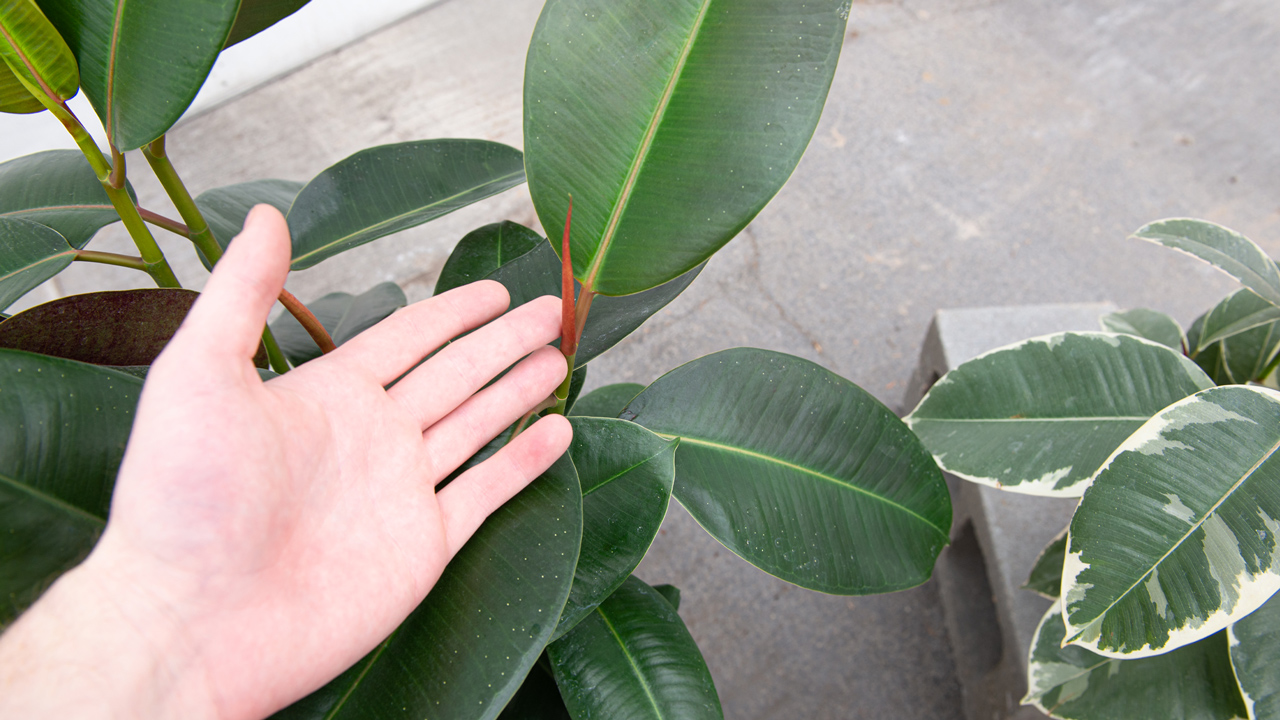
Easy to Live With
Rubber plants are easy to care for too. They like lots of bright, indirect light – low light leads to leggy growth and dulls their color. Before you water, let the top inch or two of soil dry, then drench the soil and let it drain thoroughly.
A happy rubber plant will grow quickly. If a large, tree-like plant is your goal, repot your rubber plant every year and let it live outside in the summer where it can relish the heat and humidity in a somewhat shaded space. But, if you’d rather your plant stay smaller, simply keep it a little more root-bound to slow its growth – it’s a little maintenance trick that works with Ficus in general.
You can also prune and shape your rubber plant by cutting back the tallest stems just above a growth node with a clean, sharp knife. But take care as you trim – like all members of the genus Ficus, rubber plants ooze white latex when they’re cut, which can cause skin irritation for some. And if your pets like to chew plants, it’s a good idea to keep them separated – although it’s unlikely your pet will enjoy the taste of the latex, it can cause stomach-upset.
And if you’d like a propagation challenge, try planting the cut stems in moistened potting soil. Results aren’t guaranteed, but warmth, humidity, plenty of indirect light, and a little rooting hormone on the end of the cut stem will increase the odds of success.
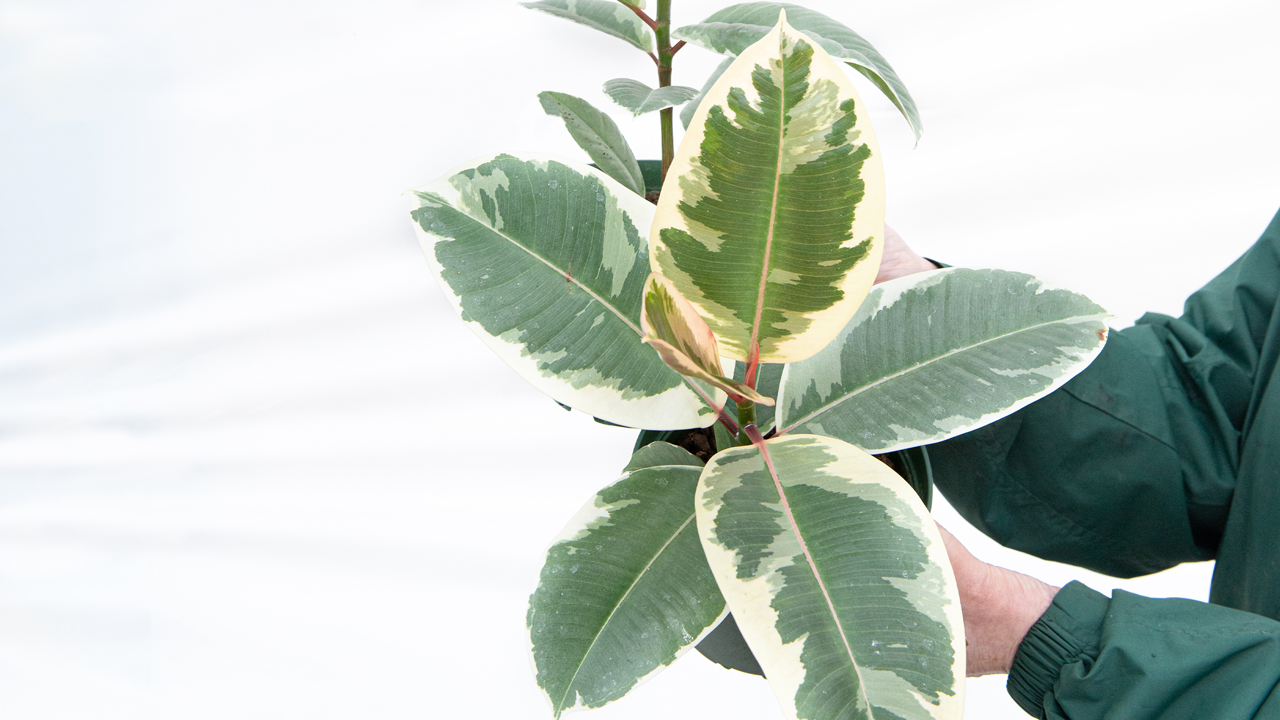
Revisit a Classic
Isn’t it fun to catch up with a friend you haven’t seen in a while? In the Greenhouse, we’re enjoying several cultivars of Ficus elastica that we’d love for you to stop in and reconnect with. Come take a look – we’ll be happy to help you find the perfect one to match your indoor space.

